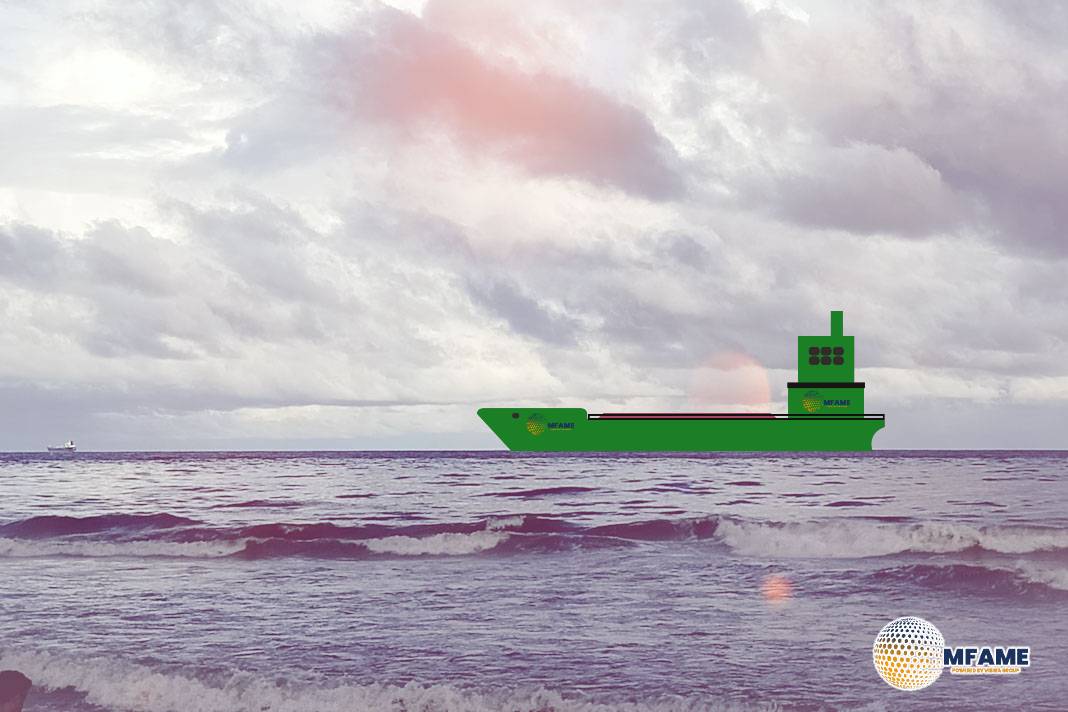- Brent swings between $61 and $80 before stabilising near $68.
- China import trends remain uncertain, with refiners shifting grades.
- India boosts Brazilian crude imports after U.S. tariffs.
In its latest weekly commentary, Xclusiv Shipbrokers took a deep dive into the changing oil trade flows, demand forecasts, and how these factors are influencing tanker markets, reports Safety4Sea.
IEA Cuts Forecasts as OPEC Sees Tighter Balances
The oil market is currently caught in a tug-of-war between two different outlooks. The International Energy Agency (IEA) has lowered its demand growth projections to 680,000 barrels per day (b/d) for 2025 and 700,000 b/d for 2026, pointing to weak consumption in OECD countries and a slowdown in demand from emerging markets. China remains a key player, with modest growth expected despite a rebound in June.
On the flip side, OPEC is predicting a growth of 1.4 million b/d in 2026 and has increased its call on OPEC+ crude to 43.1 million b/d, highlighting low OECD stock levels as an indicator of tightness in the market.
Brent Reflects Market Tug-of-War
Oil prices are reflecting this split in outlooks: Brent fell to $61 per barrel in May, surged above $80 during the recent Israel-Iran tensions, and is now hovering around $68. The changing import patterns from China add another layer of uncertainty, as refiners are being cautious with Russian Urals while opting for discounted Iranian and ESPO grades.
India Diversifies Crude Sources Amid Tariffs
In response to the U.S. imposing a 25% tariff, India is ramping up its efforts to diversify its crude sources. Imports from Brazil skyrocketed by 75% year-on-year in the first half of 2025, reaching 72,000 b/d, thanks to Petrobras grades. Even with higher freight costs and longer shipping times, the political relationship between New Delhi and Brasília is strengthening, with discussions on upstream cooperation on the table. This shift is driving up tonne-mile demand and increasing the utilisation of long-haul VLCCs.
Tanker Earnings Reflect Trade Shifts
Recent months have seen tanker segments closely follow the changing trade flows:
- Aframax: Dropped to USD 23,200 per day in late July but bounced back to over USD 35,000 per day by mid-August.
- Suezmax: The rates saw a significant jump, soaring from around USD 27,500 per day in early July to over USD 62,000 per day by late August. This surge was largely due to Kazakhstan shifting its exports to Novorossiysk.
- VLCCs: Climbed from the low USD 30,000s per day in July to more than USD 47,000 per day by late August. This increase was fueled by India’s efforts to diversify its sources and speculation around China’s stockpiling.
- MRs: Experienced a mixed bag of results. Earnings in the Atlantic rose above USD 36,000 per day by mid-August, but Pacific routes struggled, lingering in the low USD 20,000s per day.
Segment Divergence Highlights Regional Distortions
This divergence in performance highlights the regional distortions affecting the tanker market. Suezmaxes and Aframaxes are reaping the benefits of supply shifts in the Atlantic and Mediterranean, VLCCs are thriving on long-haul demand from Asia, while MRs are still grappling with weaker product flows.
Did you subscribe to our daily Newsletter?
It’s Free Click here to Subscribe!
Source: Safety4Sea

















